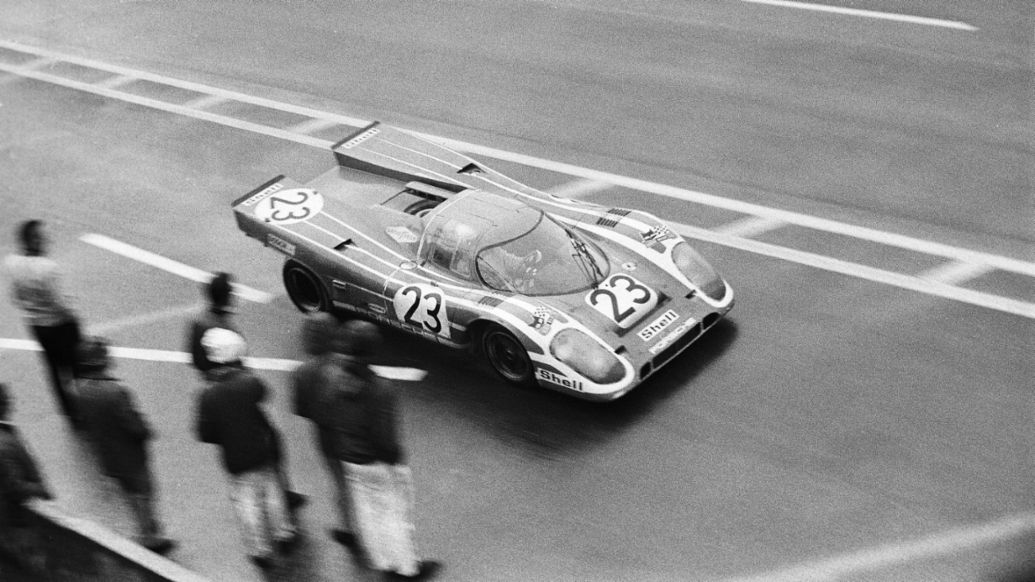In May of 1990, Mercedes-Benz exhibited a model 190 (W 201) converted to electric drive in the innovation market section at the Hanover Fair. “In this way, the Mercedes 190, which in terms of length and weight comes closest to the requirements of an electric vehicle, is an ideal battery test vehicle. The main objective is to assess the functional suitability of all the components in realistic situations with all the vibrations, accelerations and temperature fluctuations experienced in everyday operation,” explained the brochure issued at the time.
Mobile laboratories for practical testing
The electric 190s were used to test different drive configurations and battery systems. The energy storage devices tested were mainly sodium-nickel chloride or sodium-sulphur high-energy batteries which had a significantly higher energy density than classic lead batteries. However, the working temperature of both systems was around 300 degrees Celsius. The group expressing the greatest interest at this industrial fair were representatives of the trades.
There was a considerable shift in this just under a year later, when, in March 1991, Mercedes-Benz displayed a more advanced vehicle in the context of the internationally orientated Geneva Motor Show. The press kit explained the 190 with the electric drive in detail and listed two important benefits: “The car is still a fully-fledged five-seater with almost unchanged effective space and with tried-and-tested Mercedes-Benz safety features.” Each of the rear wheels of the vehicle presented in Geneva was powered by its own DC motor energised by permanent magnets with a peak power of 16 kW (22 hp) each, so the total power output was 32 kW (44 hp). Energy was supplied by a sodium-nickel chloride battery, and regenerative braking returned energy to the power pack during braking actions. A particular advantage of the concept was the elimination of weight-intensive mechanical components, so the additional weight compared to a series-production vehicle with a combustion engine was only 200 kilograms.
The issue of electric cars experienced an upswing at that time as a result of the laws passed in California, for example, to introduce zero emission vehicles. Mercedes-Benz was not the only manufacturer to take steps in this direction. From 1992 onwards, some of the results were seen on the German Baltic Sea coast: a large-scale field trial was conducted on the island of Rügen and continued through to 1996. The German government funded the project to the tune of DM 60 m. The aim of the exercise was to test electric vehicles and energy systems including their batteries in everyday practice. A total of 60 passenger cars and vans of several brands were involved.
Among other things, Mercedes-Benz sent ten W 201 model series saloon cars, which had previously been fitted by hand with drive components in various electric motor-and-battery combinations in Sindelfingen, to Rügen. Special recharging stations using solar collectors were available during the field test with a view to testing the environmental concept in a consistent manner because only electricity from renewable sources can be considered completely CO2neutral.
100,000 kilometres in one year with an electric test vehicle
The pioneering 190s were driven by test participants on the island of Rügen: these various individuals, including taxi drivers, used them in normal everyday life. There were hardly any problems – the W 201 cars went about their work completely inconspicuously and reliably. One of the vehicles was used particularly intensively and achieved a peak usage rate of around 100,000 kilometres in one year. “The results provide new insights into battery service life, the number of possible discharge and charge cycles, range, energy consumption and reliability,” summarised the Mercedes-Benz brochure. In the following years Mercedes-Benz applied the electric drive concept to other passenger cars.
The question remains as to why electric vehicles are only now becoming established and why they did not take off on the basis of the projects of that time. Battery service life, range, recycling, charging infrastructure and vehicle price are quoted as just some of the keywords in a Mercedes-Benz press release from spring 1991 as challenges faced by e-mobility on the way to series production.






















